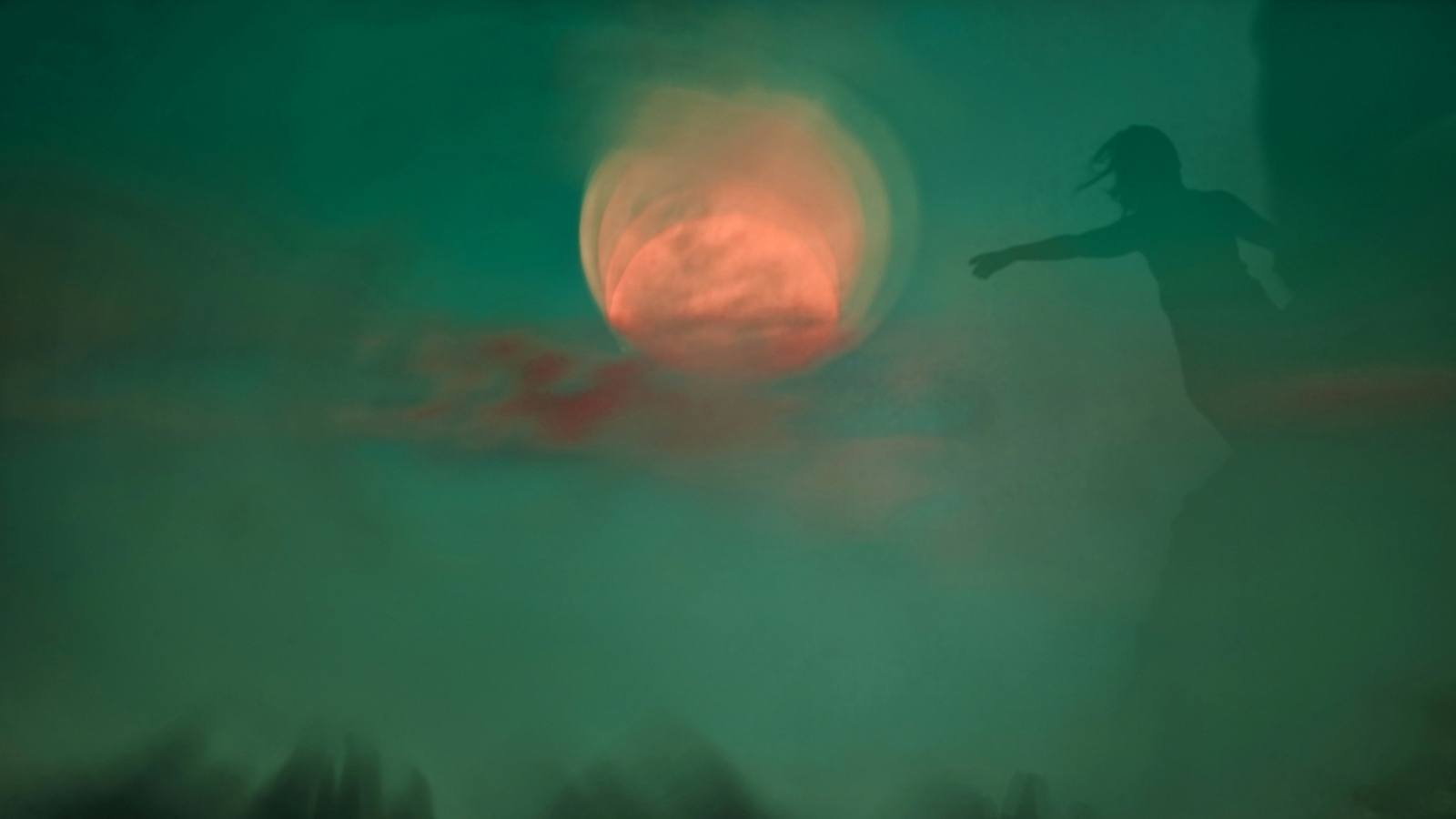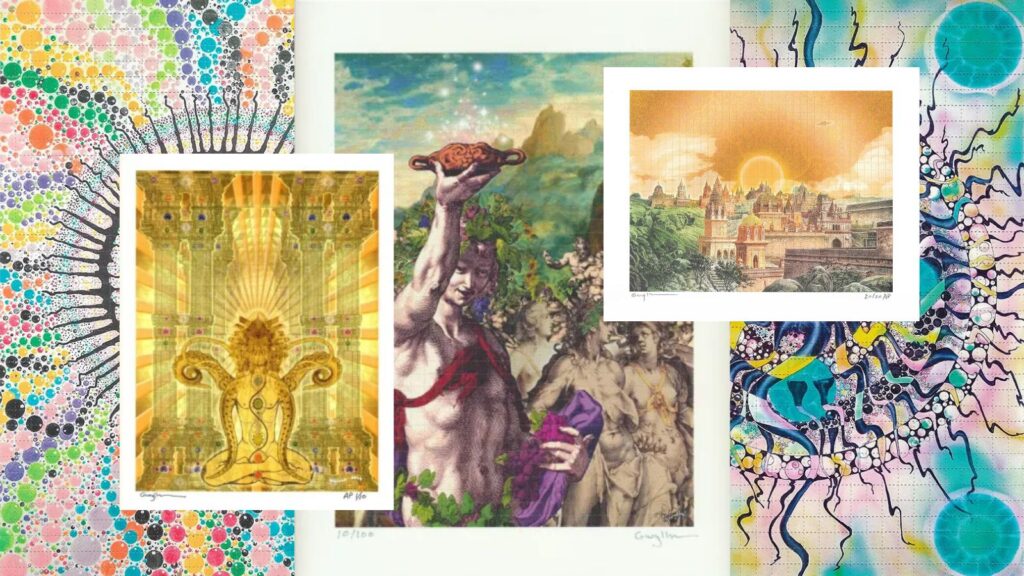Imagine setting sail on a journey as profound as that of Odysseus, but instead of traversing the ocean, we explore the vast landscapes of our own dreams. This narrative bridges ancient myths with contemporary science, revealing the world of oneirogens—substances that enhance and transform our dream experiences.
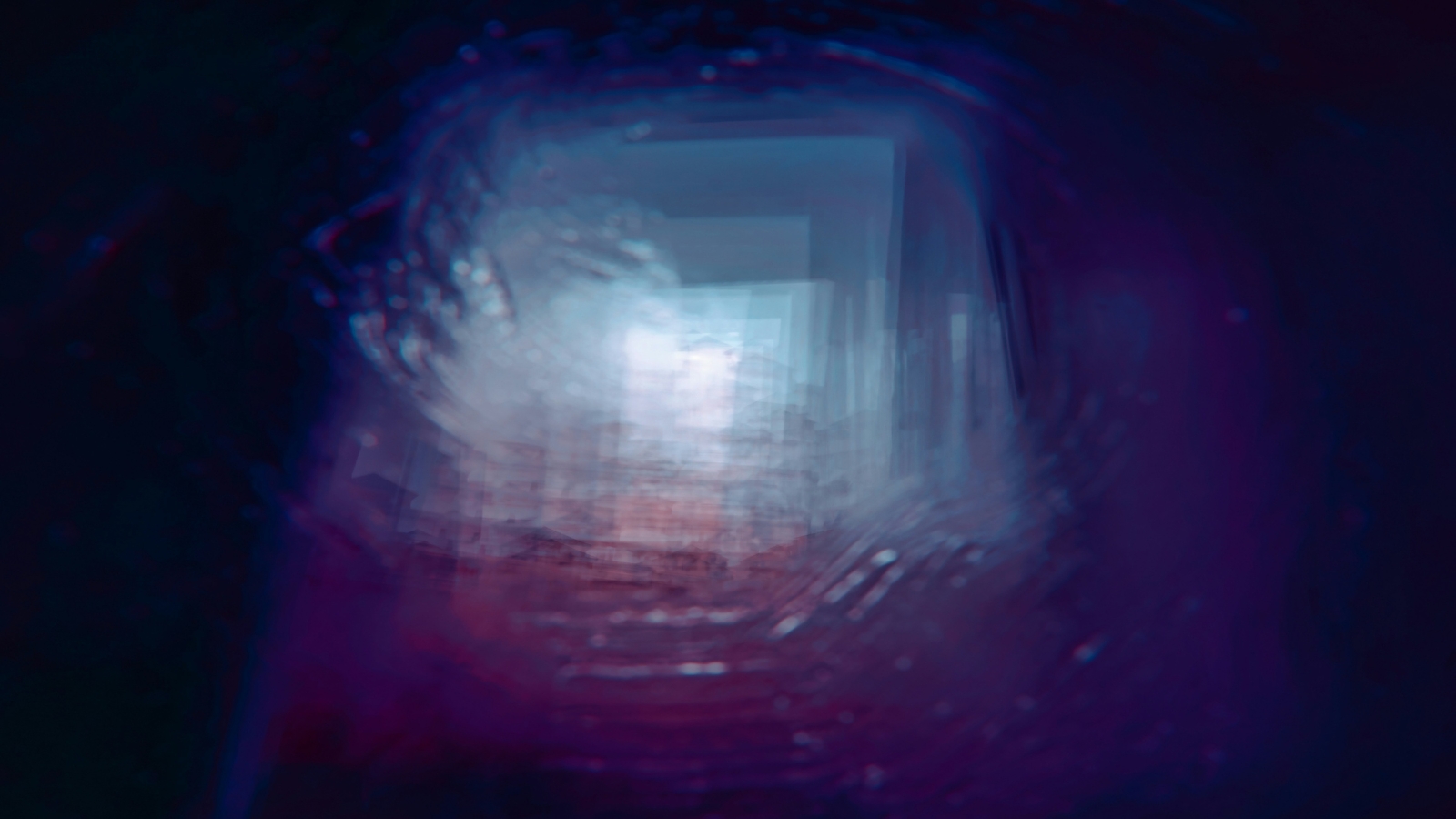
After the Shipwreck
When the sailors entered her comfortable stone home, the men were sun-beaten and famished. They were invited to sit, and were fed fresh bread, strong cheese, wild honey, and plenty of good wine to wash it down. Unfortunately for them, the wine was poisoned with magical herbs. Within minutes, the men had forgotten who they were and were reduced to squealing pigs. So goes the introduction to Circe: goddess, magician, and herbalist, in Homer’s Odyssey.
Luckily for Odysseus, when he knocked on Circe’s door, he had a trick of his own. That cunning god Mercury, who apparently was frenemies with Circe, had slipped Odysseus a special herb of his own—this one had black roots and white flowers and was known as Moly. The herb protected Odysseus from Circe’s memory-destroying drink when she attempted to beguile him as well.
And so goes one of the oldest tales in Western literature. It’s also one of the first to accurately describe the neuroprotective powers of herbs.
Holy Moly vs. Datura
For centuries, scholars have debated what was moly—was it a real plant or something invented from the mind of Homer and those who retold his tales over the centuries? Many plants have been suggested, but one has stuck: the snowdrop plant, Galanthus nivalis. This delicate plant has been known in many cultural contexts to boost memory and also counteract certain poisons that cause delirium.1
Psychedelic Herbalism and Animal Transformation
One of these poisons is datura, also known as Jimson weed, a powerful (and dangerous) hallucinogen known as early as the Bronze Age that can cause—amongst other dissociative effects—people to feel like they are transforming into animals.2 Datura’s status amongst so-called witches (ie, healers/shamans targeted by the Church) is legendary.
A potent salve made from datura may even be what literally lubricated the broom handles for the Witches’s Sabbath in the Middle Ages of Europe, who would then move into ecstasies, having out-of-body experiences as well as visions of animal transformation.3
So Homer’s story of Circe seems to contain a lot of pharmacological knowledge about strong hallucinogens, and even their antidotes. Turns out, Circe was a psychedelic herbalist.
The Power of Dream Supplements
Today, we know snowdrop’s active ingredient is galantamine hydrobromide, which prevents the breakdown of the neurotransmitter acetylcholine (ACh) in the brain. This miracle compound is used around the world to improve quality of life for those suffering with cognitive decline and diseases such as Alzheimer’s.
A lesser-known effect of galantamine is that the compound increases dream recall, and not only that, but also dream vividness and lucid dreaming. That is, when taken in small doses in the middle of the night, dreamers have a tremendous likelihood to realize they are dreaming, especially when paired with practices such as middle-of-the-night meditation.
In fact, my own peer-reviewed research suggests galantamine not only increases lucidity, but also transforms the content of our dreams as well, bringing more vividness, potency and eliciting healing encounters.4
Oneirogens
The dream-enhancing aspects of galantamine put it in a little-known drug classification known as oneirogens. The term is derived from the writings of the poet Baudelaire, who coined the French word ‘oniromantique’. Today, oneirogens are defined as drugs that stimulate dreams or hypnagogic hallucinations, which occur in the lightest stages of sleep.5
Many kinds of substances have oneiric qualities: plants like the snowdrop, as well as fungi and minerals. For example, Salvia divinorum—the current black sheep of gas station highs—is technically an oneirogen, as when the herb is taken in small doses (not 20x concentrates) before bed, a subtle sedative effect emerges that encourages vivid hypnagogic imagery while the dreamer watches in sleepy delight.6
The Forgotten Path to Lucidity
Oneirogens are a forgotten class of drugs, which is ironic given that they help us remember our dreams, that natural altered state of consciousness we have every night. They are subtle but powerful. Dream supplements do more than increase the ability to remember dreams too. When taken with respect and with a strong intention, oneirogens can reliably bring powerful and meaningful dreams full of insight, healing, and new information to dreamers.
Also, oneirogens can drastically increase the likelihood of a lucid dream. Lucidity in the dream can radically shift one’s perspective as it is realized how all perceptions are, in fact, mediated by our own consciousness. Simultaneously, we come to know that we are in relationship with something wholly unknown, something truly Other. This realization ripples out into waking life, bringing new possibility, imagination, and power to our jaded post-modern meatspace.
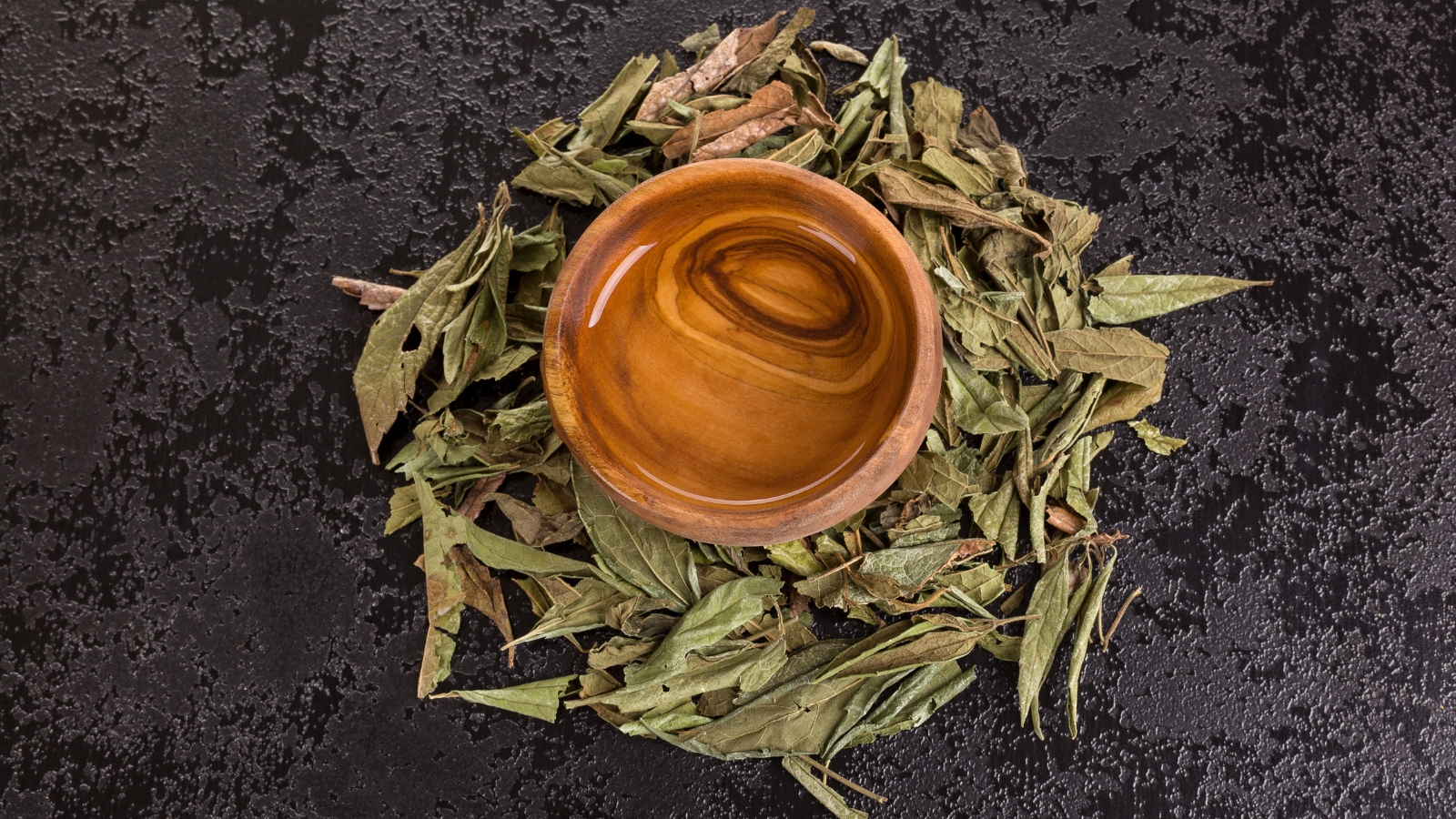
More Powerful Dream Supplements
Let’s move on to herbs and supplements that can increase dream recall as well as the vibrancy of the dreams themselves. In my book, nothing beats the power of galantamine, but it’s not for everyone. Indeed, some people get an upset stomach from this substance, and there are also contraindications with certain medications, as well as possible dangers for those with heart issues and/or asthma.
So, in the spirit of diversifying our oniromantic palette, here are some more effective dream herbs that have both long-standing cultural use as well as solid scientific evidence for shaking up the dream life.
Calea zacatechichi – Mexican Dream Herb
This plant is from Oaxaca, Mexico, and has been used for centuries by Chontal shamans/dreamers as a cure-all and voyaging aid. C. zacatechichi heightens the vividness of imagery in light sleep, those visionary hypnagogic images that can be colorful, musical, or even somewhat psychedelic in nature.
Ingestion of the plant also decreases deep slow-wave sleep and REM periods. However, this effect can provide a REM rebound if you get a full night sleep, indirectly promoting vivid REM stage dreams, too. It has a terribly bitter taste when you make it like a tea, but combining the tea with other flavors can help it go down.7
Mugwort: The Green Faery’s Little Sister
This pervasive herb is related to sage and wormwood. Where I live in the Eastern woodlands of the US, mugwort is considered a weed, volunteering in fields and on the sides of roads. Mugwort, or Artemisia vulgaris, contains small amounts of alpha-thujone, one of the active ingredients of absinthe, the favored beverage of Vincent Van Gogh that was outlawed in most of Europe in the early twentieth century for its reputed hallucinogenic properties.
Pharmacological evidence suggests that thujone has a subtle effect on consciousness in small doses, as the compound inhibits GABA receptors, much like psilocybin.8
Mugwort has a minty mouth feel, and can also be smoked, although its pungent smoke lingers in the air and is often mistaken for the odor of cannabis. You can also put some underneath your pillow or in a dream pillow. I like to keep the dried leaves in a bowl, and crush some in my hands and under my nose before going to bed. Mugwort ceremonies are an increasingly popular ritual for empowering intention and providing social support. In ceremony, dreamers drink mugwort-enhanced tea a couple of hours before sleep.
5-HTP: Bizarro World
5-Hydroxytryptophan is derived from the seeds of an African tree known as Griffonia simplicifolia. Chemically, it’s related to tryptophan of turkey dinner fame. Both tryptophan and 5-HTP are precursors to serotonin. Taking 5-HTP as a supplement increases the serotonin level in the brain, regulating mood, sleep cycles, and appetite.
Over the years, people have noticed that taking 5-HTP increases dream vividness.9 This really isn’t so surprising, as lots of research has correlated increased serotonin levels with dream bizarreness. Of course, vividness does not just mean magical fluffy bunnies but also could include unsettling imagery that can come on suddenly, like an alien creature hurtling through a ventilation shaft. Personally, this one gives me the night sweats, but others swear by it.
Do Your Homework
It bears repeating that set and setting are just as important for dream herb rituals as it is for hallucinogenic sessions like magic mushrooms or mescaline. As with all powerful herbs, respecting the substance as an ally can go a long way. Mentally prepare yourself for the journey. Don’t just pop the pill and flop down to bed after watching a horror movie or after a night of carousing. Instead, prepare for sleep mindfully, perhaps by listening to relaxing music before bed and journaling about your intentions.
Dream supplements are also not recommended for folks currently facing mental health issues or stressful times in life. Not all dream herbs are effective for everyone, and can come with serious contraindications, so do your homework.
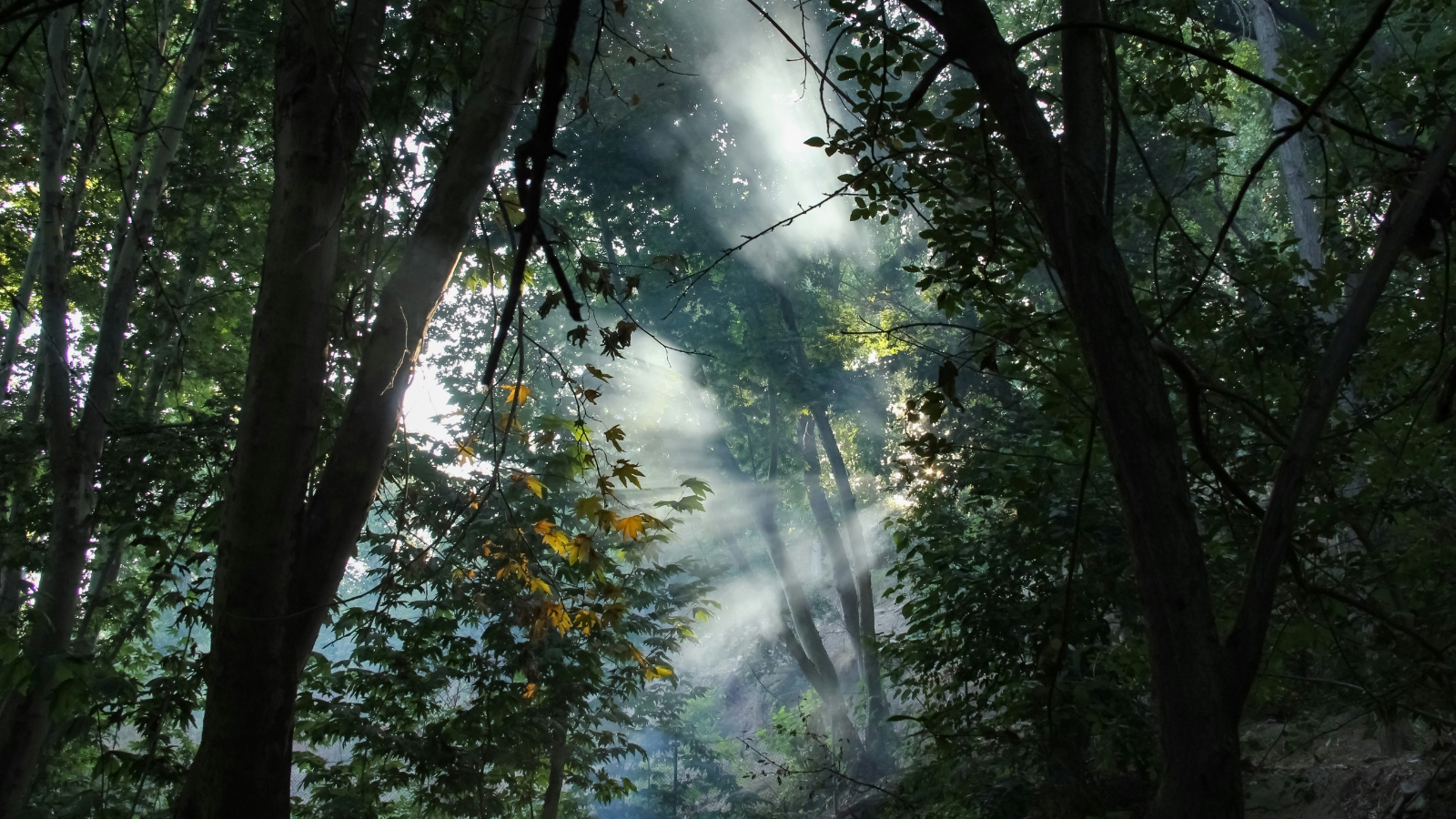
Remembering to Remember
The practice of experimenting with dream herbs brings us into the territory of an ancient pastime. Something about the ritual behaviors involved in taking these legal and safe substances ignites the dreaming imagination more than just hoping for good dreams. It’s not just the substances themselves, but also the powerful way that ritual action supercharges our intentionality and positive expectation. Ritual action is simply effective, cutting through the malaise of this increasingly weird post-truth world.
Some part of us remembers these old ways, as if the behaviors themselves are sketched into our bones and our DNA. When we combine ritual behavior, carefully selected plant allies, and a strong intention, the dream world opens up. Like Odysseus, when we next find ourselves shipwrecked on the imaginal shore, the question transforms from, “What did I dream last night?” to “What do I want to dream up next?”
References
1.Schwarcz, J. (2022). Odysseus’s Snowdrop Odyssey. McGill Office for Science and Society. September 14, 2022.
2. Guerra-Doce et al (2023). Direct evidence of the use of multiple drugs in Bronze Age Menorca (Western Mediterranean) from human hair analysis. Nature, Scientific Reports. 13, 4782.
3. Harner, M. (1973) The role of hallucinogenic plants in European Witchcraft. In Hallucinogens and Shamanism (ed. Harner M.) 125–150 (Oxford University Press).
4. Sparrow, G., Hurd, R., Carlson, R., & Molina, A. (2018). Exploring the effects of galantamine paired with meditation and dream reliving on recalled dreams: Toward an integrated protocol for lucid dream induction and nightmare resolution. Consciousness and Cognition, 63, 74-88.
5.Toro, G. and Thomas, B. (2007). Drugs of the dreaming. Rochester: Park Street Press.
6. Gonzalez-Trujano, M. et al. (2016). Depressant effects of salvia divinorum involve disruption of physiological sleep. Phytotherapy Research 30(7).
7. Hurd, R. (2014). Dream like a Boss. Philadelphia: Dream Studies Press.
8. Olsen, R.W. (2000). Absinthe and Gamma-Aminobutyric Acid Receptors. Proceedings of the National Academy of Sciences, U.S.A. 97(9), pp. 4417–8.
9. Yuscak, T. (2006). Advanced lucid dreaming. Lulu Press.
